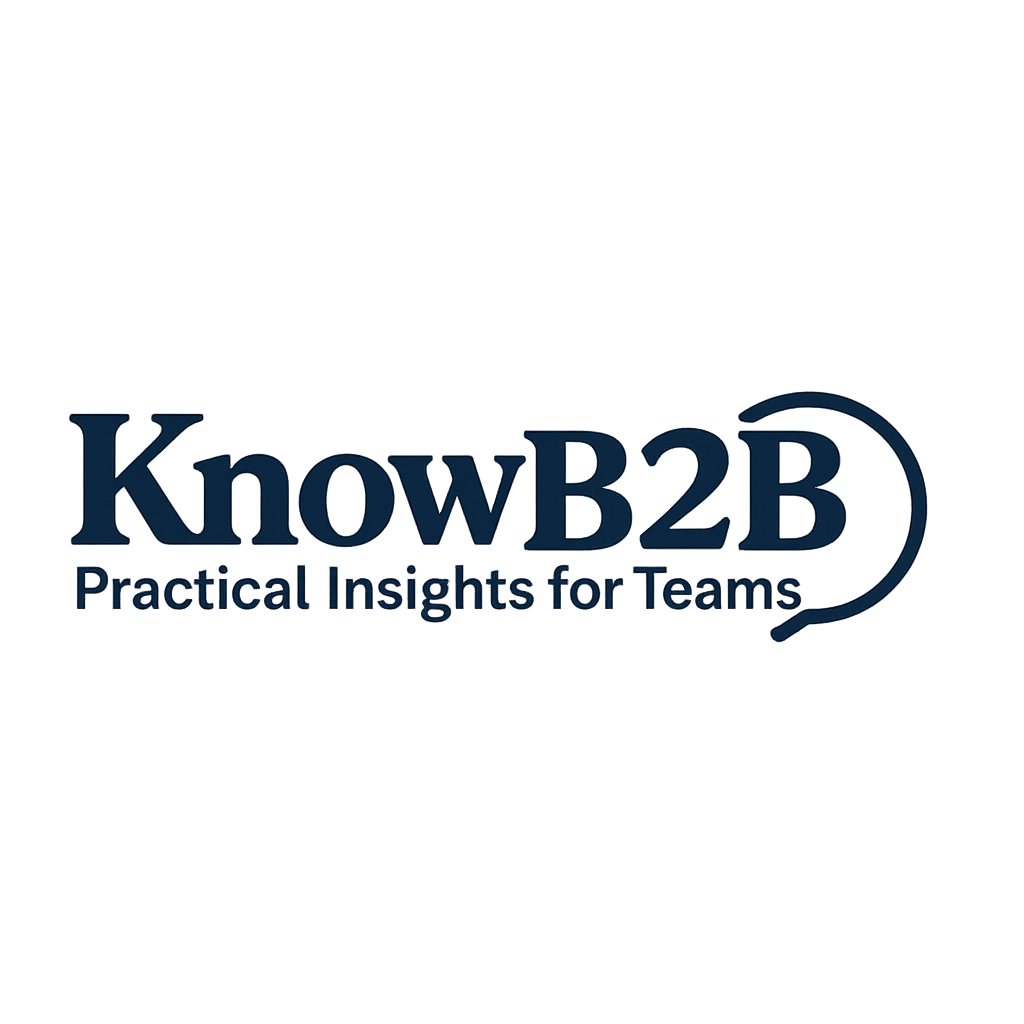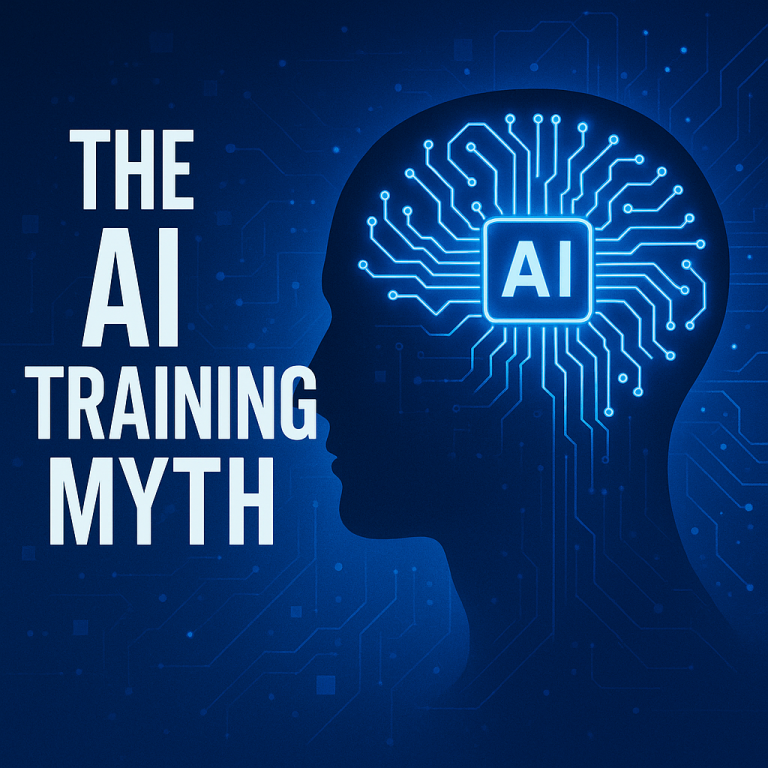Introduction
Applicant Tracking Systems (ATS) have fundamentally changed how businesses hire. What began as simple repositories for resumes has transformed into a critical component of the modern recruitment tech stack. In this in-depth article, we trace the origins, evolution, and future trajectory of ATS platforms for HR leaders, recruiters, and business decision-makers.
What is an ATS?
An Applicant Tracking System (ATS) is a software application used to manage the hiring process—from job posting to candidate selection. It helps streamline workflows by organizing applicant data, automating communication, filtering resumes, and facilitating collaboration across hiring teams.
Key Features of a Modern ATS:
- Job posting across multiple platforms
- Resume parsing and keyword filtering
- Automated candidate scoring
- Interview scheduling and tracking
- Team collaboration tools
- Compliance and analytics reporting
Stage 1: The Origin of ATS in the 1990s
The first generation of ATS emerged in the early 1990s as large enterprises sought to digitize their HR operations. These early systems functioned primarily as digital filing cabinets—basic databases for storing and searching resumes.
- Deployment: On-premises, enterprise-hosted
- Capabilities: Keyword search, simple data fields
- Limitations: No workflow, no collaboration, manual updates
At the time, recruitment was still primarily analog—resumes arrived by fax or post, and HR clerks manually entered data into the ATS.
Stage 2: Web-Based ATS and Job Board Integration (2000s)
The 2000s marked the rise of web-based recruiting. With job boards like Monster, CareerBuilder, and Indeed gaining traction, ATS vendors began offering:
- Online application portals
- Job board syndication
- Email-based candidate communication
This phase dramatically improved recruiter productivity by consolidating sourcing and early-stage screening into one place.
Stage 3: The SaaS Wave and Collaborative Hiring (2010s)
The SaaS revolution changed everything. ATS platforms moved to the cloud, making systems accessible, scalable, and collaborative. Some defining trends of this era:
- Real-time collaboration: Recruiters, hiring managers, and interviewers work together in a shared dashboard
- Mobile-friendly experiences: Both candidates and recruiters gain mobile access
- Third-party integrations: Syncing with HRIS, email/calendar, LinkedIn, and assessment tools
- Employer branding: Branded career pages and optimized application flows
This period also saw ATS being adopted by SMBs and startups, not just large enterprises.
Stage 4: Intelligent ATS and the AI Era (2020s)
Today’s leading ATS platforms integrate artificial intelligence and machine learning. The focus has shifted from resume collection to talent intelligence.
Innovations include:
- Predictive ranking of applicants
- Skill-based matching algorithms
- Bias detection in job descriptions
- Conversational bots for screening
- Interview intelligence and sentiment analysis
These features help recruiters reduce time-to-hire, increase quality-of-hire, and deliver a better candidate experience.
Why This Evolution Matters
Modern recruiting is fast-paced, high-volume, and candidate-centric. Without a powerful ATS, organizations risk:
- Losing top talent due to delays
- Inconsistent evaluation processes
- Lack of visibility into hiring metrics
- Poor compliance with local hiring laws (e.g. GDPR, EEOC)
An advanced ATS is no longer optional—it’s the backbone of efficient, data-driven recruitment.
Looking Ahead: What Comes Next?
As remote work, global talent sourcing, and skills-based hiring rise, we expect ATS platforms to evolve in the following directions:
- Skills-first matching and internal mobility support
- Integration with LLMs for enhanced automation
- Embedded DEI metrics
- Deeper integration with onboarding and employee lifecycle tools
Recruitment will continue to be a competitive advantage, and the ATS will remain a central player in enabling smarter, faster, fairer hiring.
Final Thoughts
The journey of ATS—from basic resume databases to intelligent hiring engines—mirrors broader shifts in technology and work. For HR professionals and business leaders, understanding this evolution is key to making the right technology investments.
Whether you’re upgrading your current system or exploring ATS for the first time, focus on platforms that support collaboration, automation, analytics, and inclusivity. Because the future of hiring is already here—and your ATS will help you meet it head-on.


